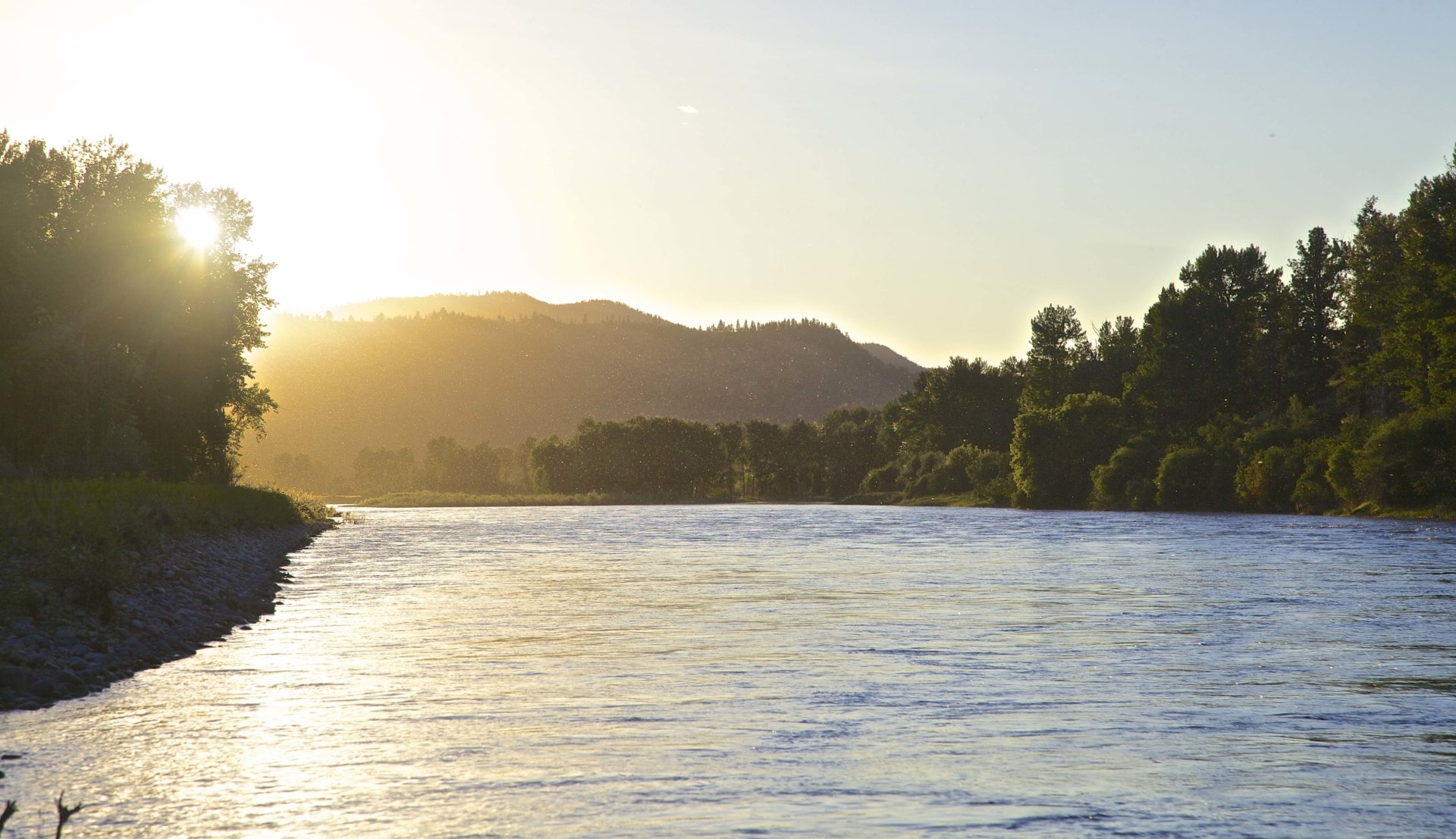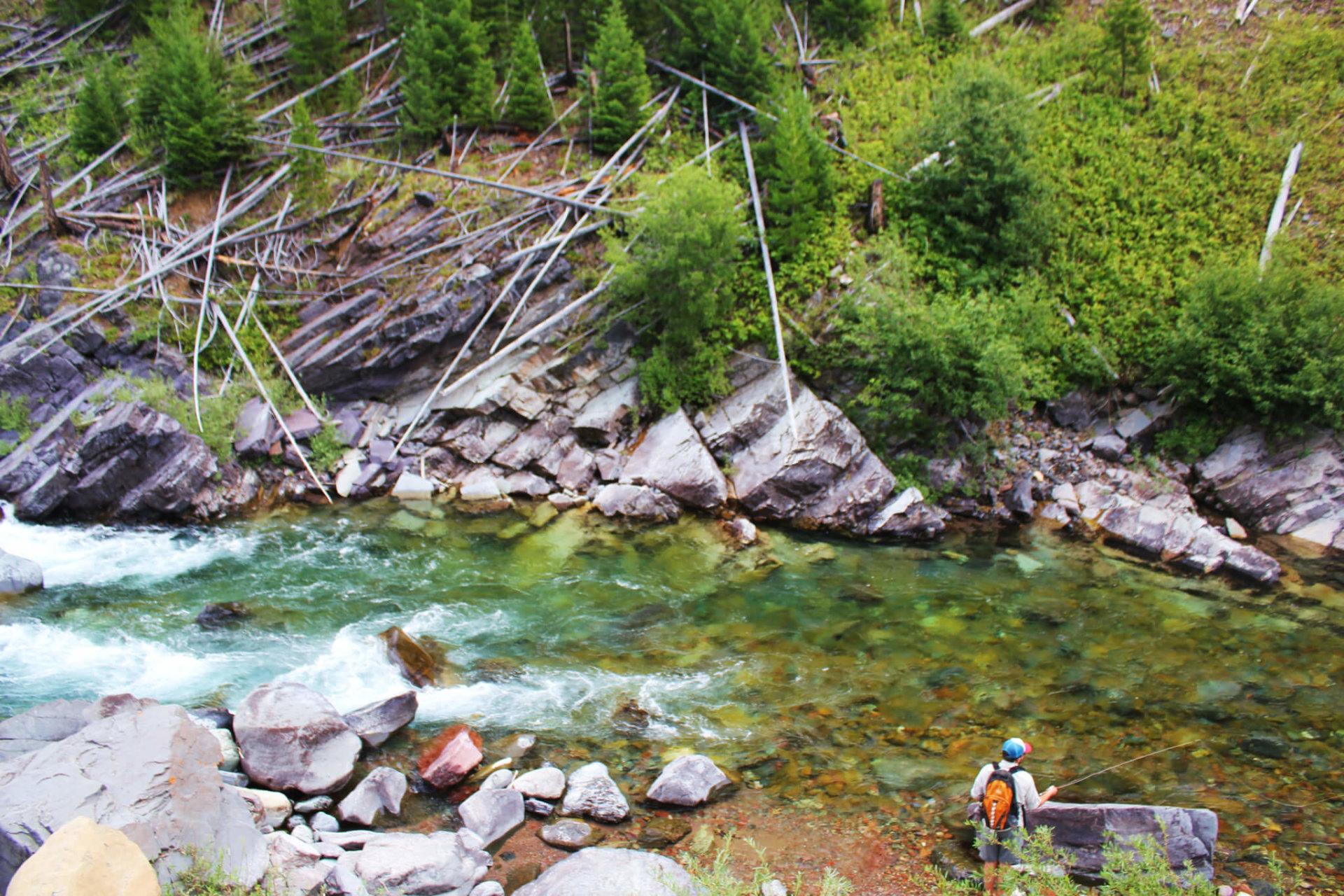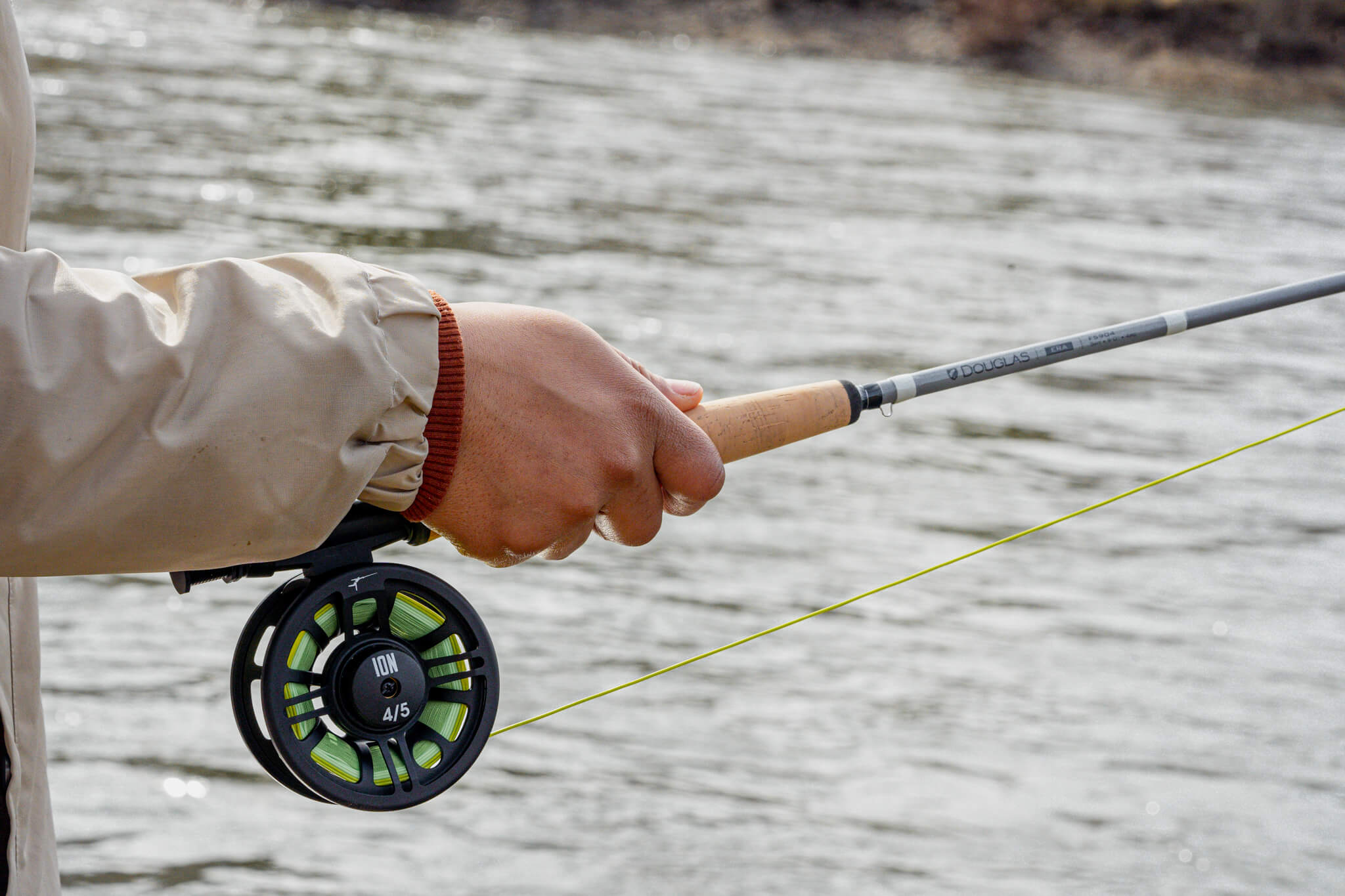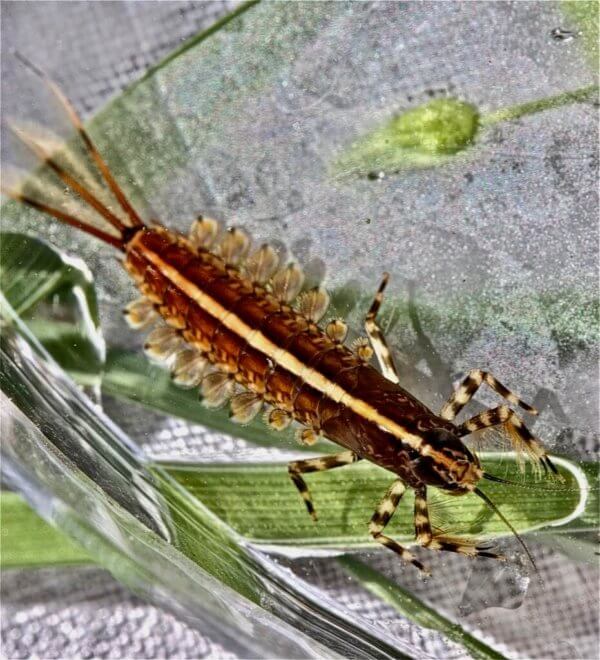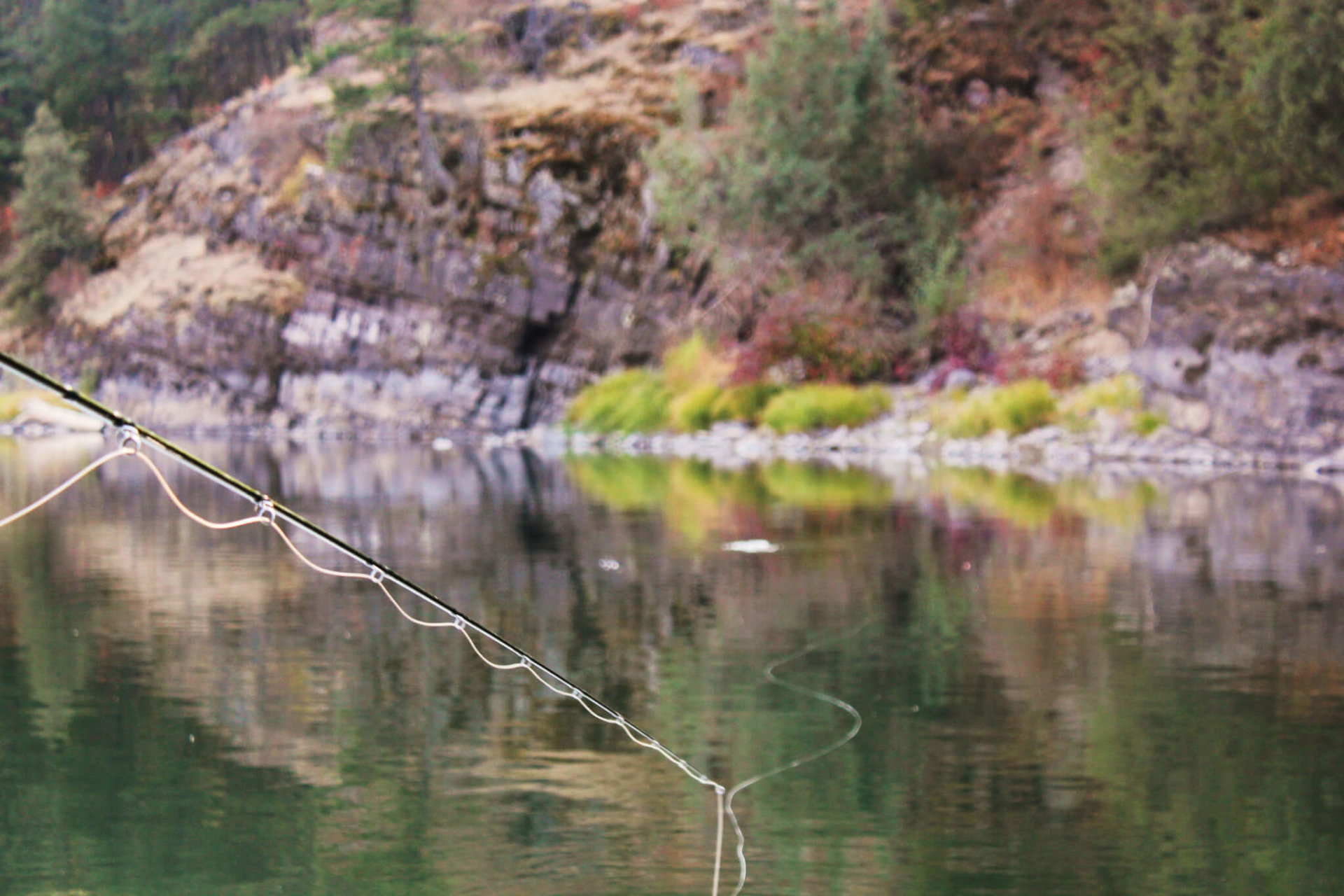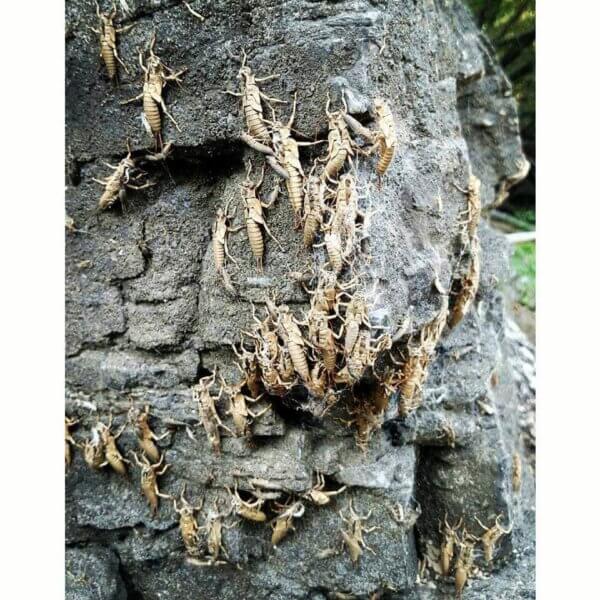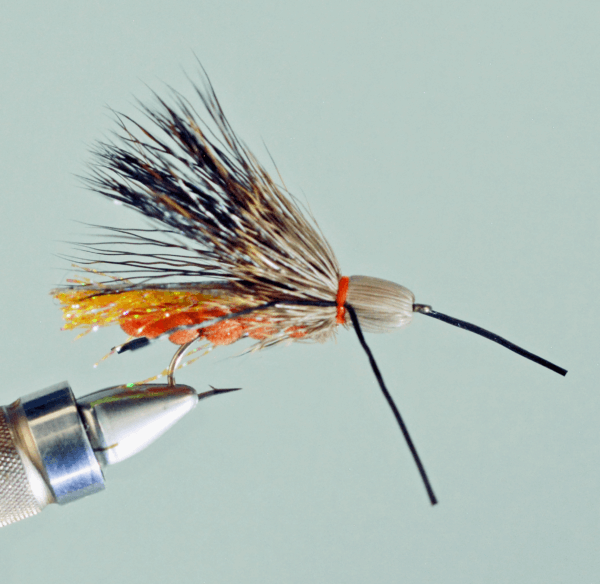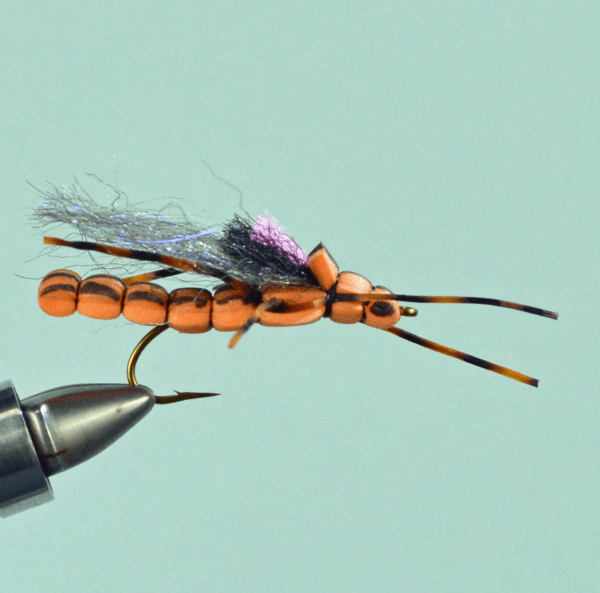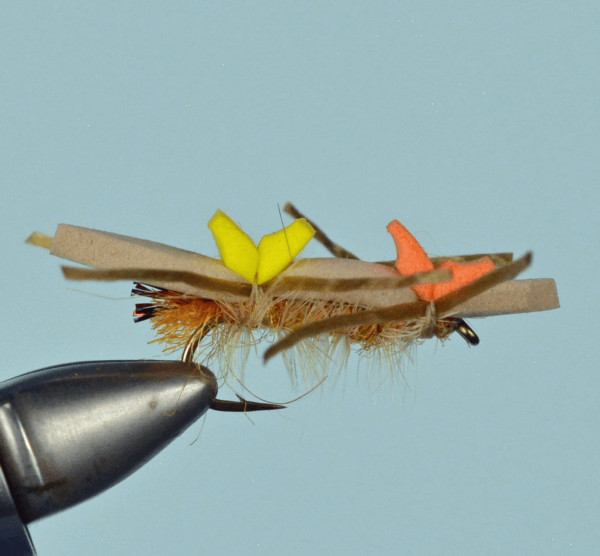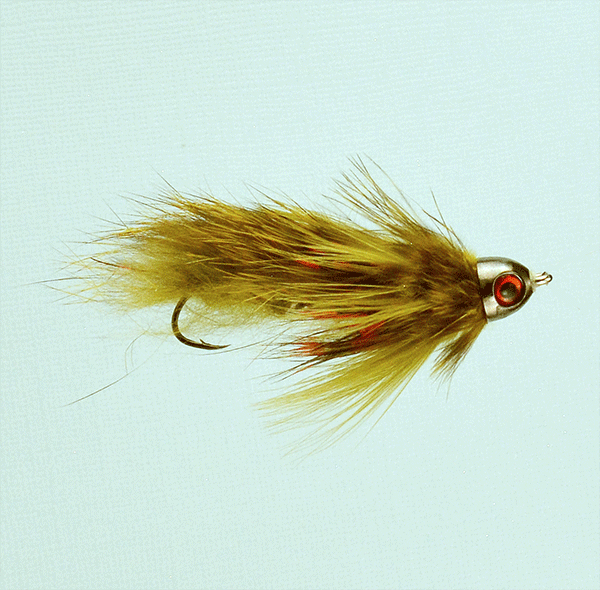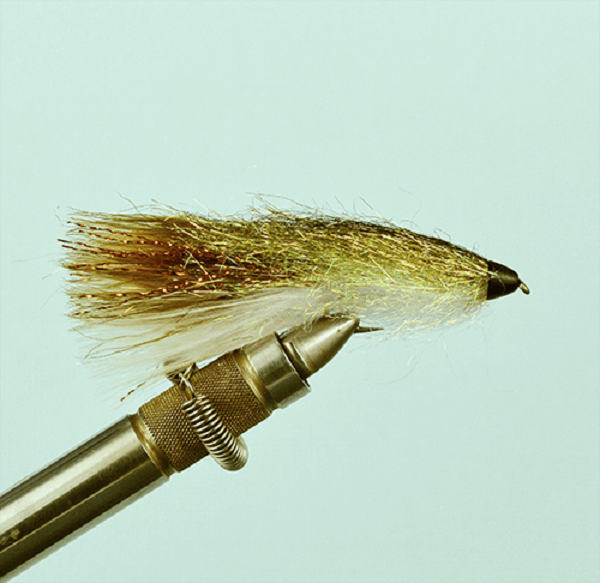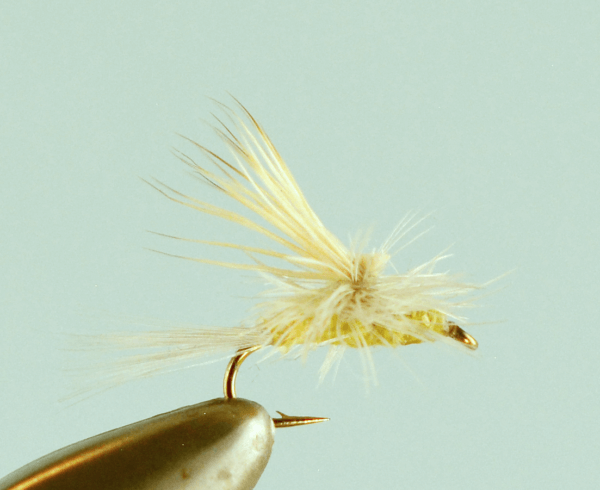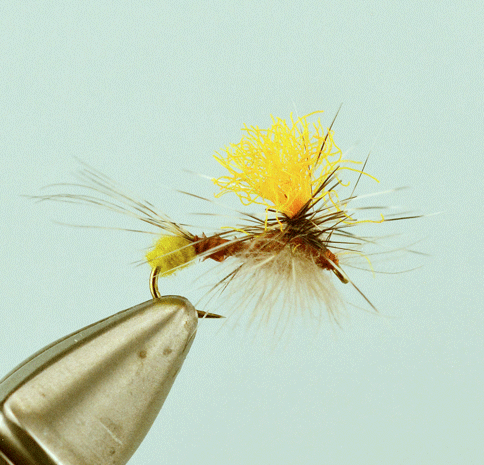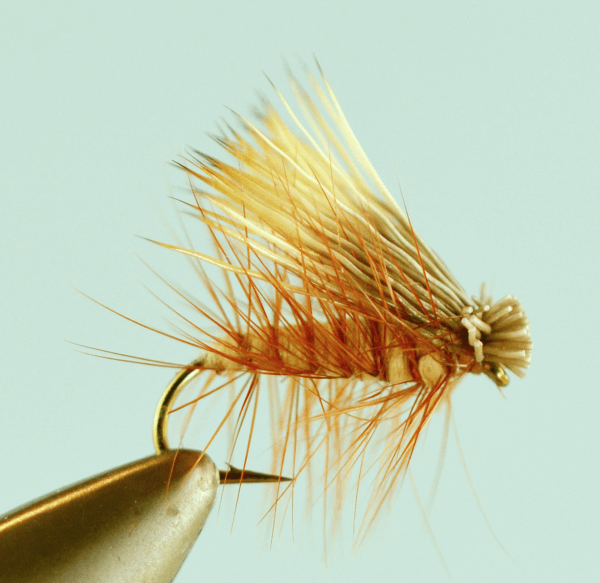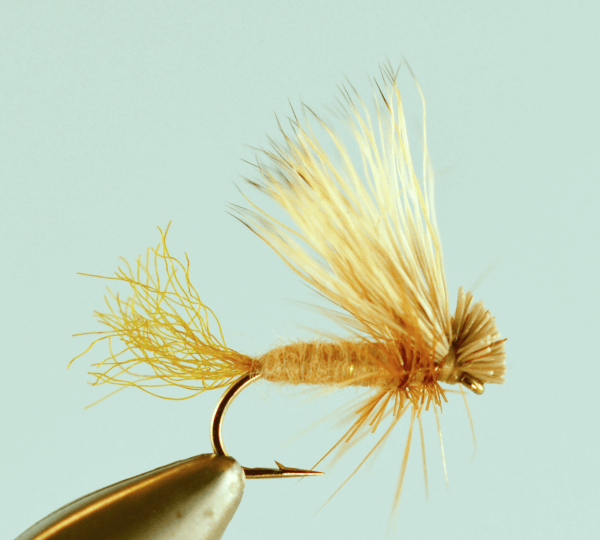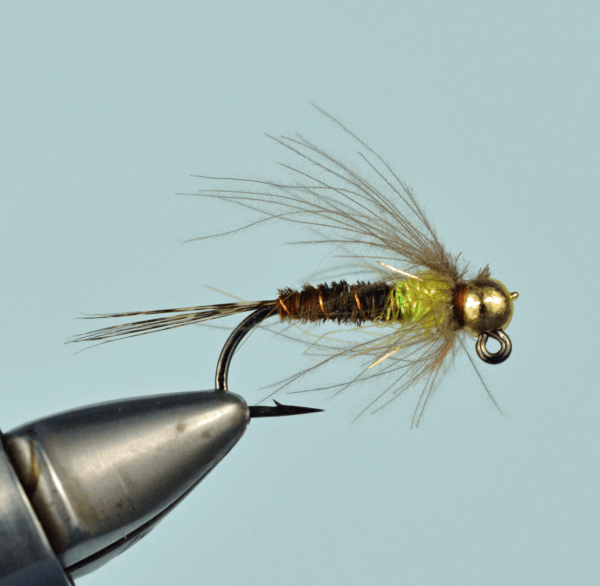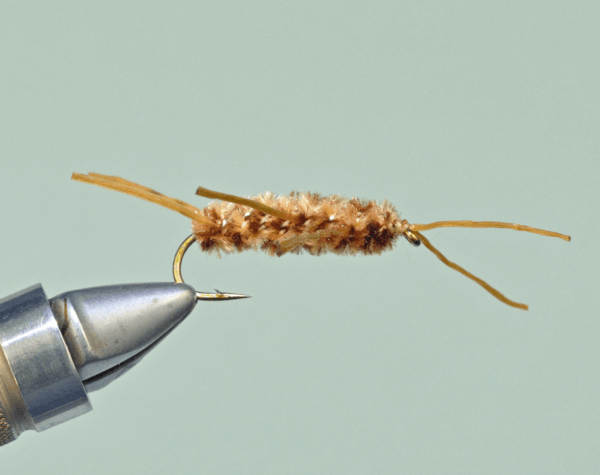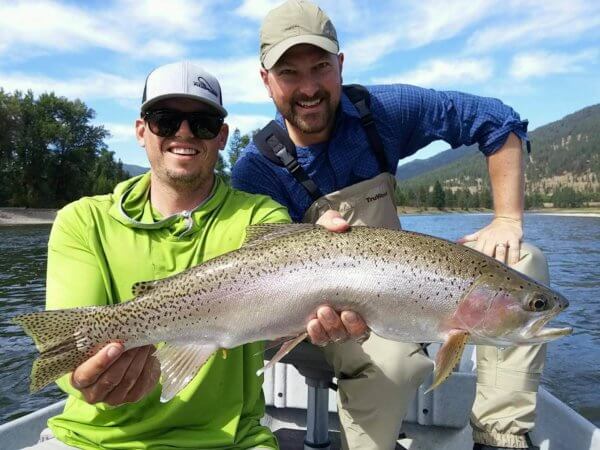When the weather gets hot, a lot of anglers ditch the waders in favor of comfort. It doesn’t matter how breathable waders are, in 90 degree weather, any extra layer adds a lot of warmth. When the waders come off for comfort, you’ll need to have the proper equipment for a full days fishing when wet wading
Ask any Sergeant about the most important piece of equipment they own, and they’ll tell you about footwear. When your feet are sore or blistered, the rest of the day gets that much longer. Being smart about your footwear when wet wading keeps your feet, and therefore your fishing, in shape.
Wet Wading Footwear
The easiest solution for wet waders is to use neoprene booties. Designed to mimic the neoprene sock found on breathable waders, the neoprene booties allow an angler to use their wading boots. Most anglers are comfortable with wading boots, and the thick neoprene sock allows an angler to wear the footwear they already own.
There are a couple of disadvantages to neoprene socks. When worn in a boat, neoprene socks get really hot. Additionally, neoprene socks allow water to enter. When your feet aren’t immersed in the river, the water trapped in the neoprene sock gets very warm. It’s like a petri dish around your feet, and you run the risk of a serious case of athlete’s foot. When you use a neoprene sock, it works better in a wet wading situation, not as much in a boat.
Many of the best guides in Missoula Montana wear sandals when they’re rowing. Keen and Chacos tend to be the favored footwear in a boat. So much cooler, and so much more comfortable.
When you wear sandals, MAKE SURE you put sunscreen on your feet! Crafty anglers apply waterproof sunscreen before putting on the sandals. Rub the sunscreen between your toes, and make sure you get complete coverage. Sunburn on your feet is sneaky. Because you’re getting in and out of the water, your feet feel cool. But the sun is baking them, and like Sarge said, keep your feet in good shape. Sunscreen is critical for comfortable sandal wear for wet wading.
Sandals have other issues as well when wet wading fly fishing. In low gradient rivers, like the Clark Fork and Bitterroot river near Missoula, sandals are easily worn for wet wading. In higher gradient rivers, like Rock Creek and the Blackfoot, sandals can be a bit more problematic. High gradient rivers have very little scree and cobble- most of the rocks lining the bottom are bowling ball sized or larger. Runoff moves the smaller strata, leaving the big rocks.
Most wet wading is controlled, but not all! It only takes once- having your foot slip off the top of a rock, and wedging your sandaled foot between two stones. Wading boots have a rigid toe box, ankle support and padding. When you wedge between rocks wearing sandals, you run a good chance of scraping your foot or jamming a toe. Wedge a wading boot, and the problems are minimized.
Low gradient rivers have their own issues. The cobble and scree that provides easier wading also suspends and enter into the sandal. Sandals without a toe cap are easy to sluice out when you get pebbles between your foot and the sandal. Sandals with a toe cap provide additional protection when wading, but at least once a day you’re going to end up sitting down and rinsing the gravel out. Wearing socks helps a bit with that, but nothing stops scree from getting into a wet wading sandal and rubbing against your feet. Socks also help block the sun and minimize sunburn.
Please, no mid calf black socks with sandals.
Once you feel the freedom of wet wading, it starts to become a habit, and you try to extend the wet wading season. As you do this, remember the first thing you learned as a young adult- warm beer is cheaper than cold beer, and the fastest way to get your beer cold is put it in ice water. When you’re wet wading in colder weather or colder water, the river is pulling the heat out of your body. It’s easy to get a lot colder than you think you are.
Surprisingly, there are advantages. Most of the time, if you find yourself wading waist deep, you’re standing where the fish were before you got there. Cold weather/water wet wading keeps you shallower and spooking fewer fish.
Plan Ahead
But you need to plan ahead. If the day calls for one fleece layer, wear two if you’re wet wading. You need to keep your core warm, and the additional layer(s) will pay dividends over the course of the day.
Make sure to get out of the water once in a while, even if the fishing is good. Depending on how cold the weather is, once you get cold, it’s tough to get warm again. It’s a lot easier to stay warm than get warm again.
Take this from a life long wet wader- after the fishing day is done, moisturize your feet and lower legs. No, we’re not going to recommend a specific lotion- just get one and rub it on. Constant immersion in water drains the skin of moisture, so you need to replenish it.
A down side to wet wading is the wear and tear on your lower body. When you’re wearing waders, you don’t really care about walking through mild brambles and bracken along the river. About 5 hours into a wet wading day, those thorns and prickers really start to hurt. Take a page from New Zealand guides. They wet wade, but wear a pair of running tights under their shorts. The skin tight fabric doesn’t impede water flow like quick dry pants or waders, so there’s less pressure on your legs. It also protects your legs from most of the thorns and plant life along the edge of the stream.
A big upside to wet wading is you can never go in above your waders. When crossing a river, or wading deep, you’re always worried about flooding your waders with water and being damp for the rest of the day. Hey, you’re already wet, so it makes no difference. You never have to feel the trickle of a new leak in your waders, as the water seeps down the back of your leg.
It pays to wear quick drying clothing, including your underwear. Yes, we’re talking about underwear- no snickering. Cotton may be comfortable when dry, but once it’s wet, it get clammy, uncomfortable, binding and can be a bit rashy. If you plan to seriously wet wade, spring for a pair of quick dry undies, it will make the day a lot more comfortable.
Wet wading is a truly freeing experience on the water. So much more comfortable in hot weather, and if you plan correctly, you can wet wade in conditions that might not be perfect. Getting the proper footwear and clothing is imperative for a comfortable experience. Grab your fanny or sling pack and hit the water, you’ll be amazed at how much cooler, comfortable and free you feel on the water.
